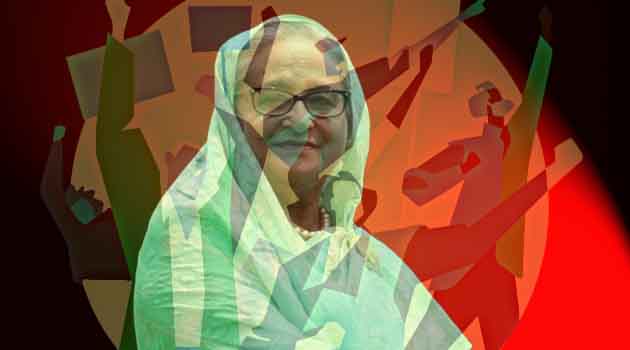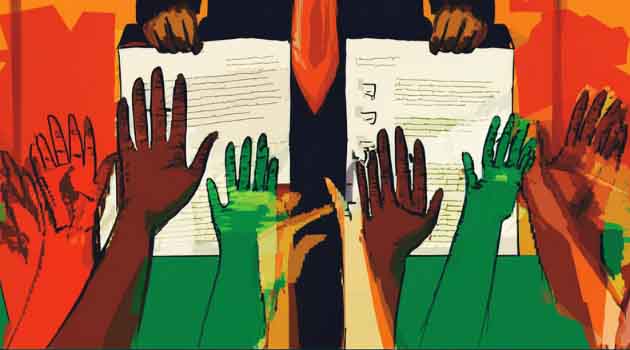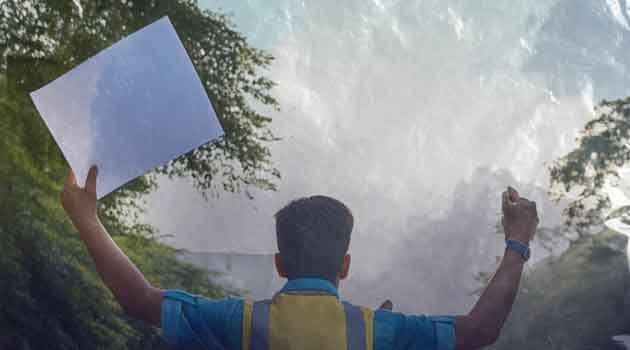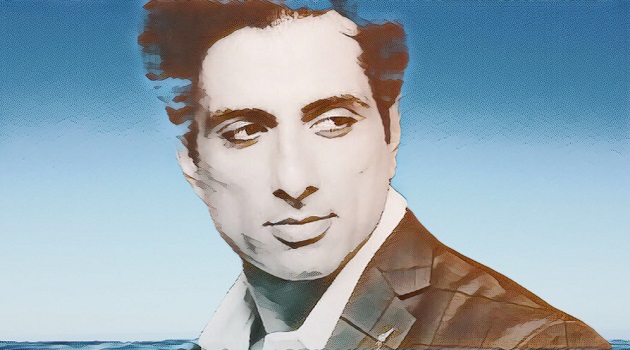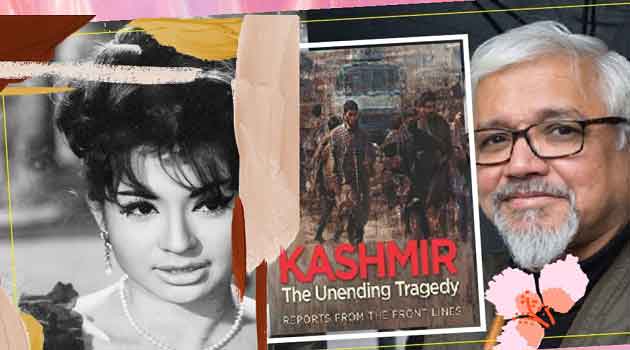Mainstream standard solutions to resolve the impending crisis in Kashmir is widely rampant in national and international media. Some are advocating containing violence through violence. They are being countered as violence begets violence. Some are advocating dialogue; again problem lies: what must be the agenda or should they meet without any pre-condition? Some are to teach a lesson to Pakistan, holding it alone responsible for fomenting trouble in the Valley.
Kashmir is on the boil since its inception; it is not new. Therefore, a 70-year old problem has become a hard-nut by now. It requires an out-of-the-box thinking, which many not be possible: yet an attempt could be made.
First, India must understand that the issue stands internationalised by now. There is no use denying the fact. With the advent of China’s CPEC (China Pakistan Economic Corridor), PoK or Pakistan Occupied Kashmir is at the forefront of China’s geopolitics in the region.
CPEC is part of China’s flagship project OBOR (One Belt One Road) initiative. India’s past inactions have bolstered the power projections of both Pakistan and China. Therefore, India rightly boycotted the OBOR meet and now it must make all efforts to sabotage CPEC, as it will perennially put India at strategic disadvantage.
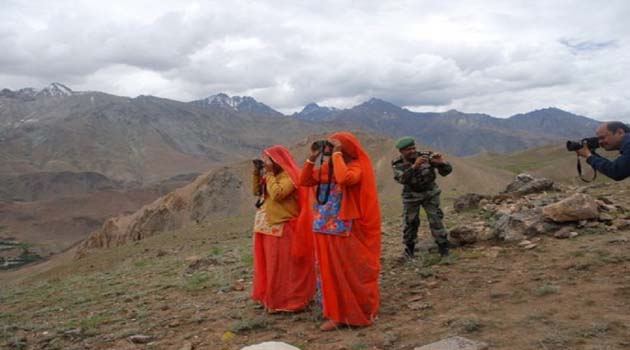
India should pursue its Project MAUSAM (of reviving commercial and cultural linkages with the Indian Ocean region and beyond) aggressively, to counter China on bilateral and multilateral forum. A direct lesson to China, by all means would be an indirect lesson to Pakistan. Kashmir could be pacified, only through Chinese containment: psychologically, strategically, militarily, and economically.
Secondly, as a corollary to the first, India must continue its hard-line as well as tooth and nail opposition of Chinese in the Dokalam, on India-Bhutan-China tri-junction. The way China is making all efforts to design the geopolitics of the region to its favour, India need to think smart and think ahead to design the same in its own favour; rather allowing China a free hand. We may not compete with China economically, but we can do so strategically and politically.
Third, most policy analyst are taking China’s CPEC and OBOR as geo-economics. This is wrong as it has more of geopolitics in it than geo-economics. Indian policy-makers must not falter on that. India must be upright on both rather allowing Chinese go uncontested.
Fourthly, India must contest the freedom of PoK on all multilateral forums in an aggressive manner; rather than seemingly doing so in Indian media. India’s continued protest, advocacy and contestation alone would have the potentials to change the narratives on Kashmir. A point must come, when the world should start thinking and talking about PoK as disputed territory between India and Pakistan rather than the Kashmir Valley.
Fifthly, media as well as Indian policy-makers should have a clear understanding of the dynamics of conflict in the Valley. It is wrong to address it as Kashmir problem. Terrorism and the separatist agenda are confined primarily to Kashmiri Muslims of the Valley, who are a minority in the State. They are 45 per cent of the population, 20 per cent are other Muslims like Gujjars, Bakherwals, Paharis and Kargil Shias, and 35 per cent are Hindus, Sikhs and Buddhists.
Moreover, all Kashmiri Muslims do not support terrorists and separatists. Violence also is largely confined to north and north-west of Kashmir, namely Srinagar, Anantnag, Baramulla, Kulgam and Pulwama which are the five most disturbed districts. This is only 15 per cent of the total area and population of the state. Interestingly, 17 out of 22 districts of the state are by and large peaceful. Therefore, need for both the government and the media is to project the issue in right perspective to the population at home as well as in the world.
Sixthly, for venomous separatists, anti-nationals, fanatic Islamists, terrorists, rioters, and separatists, violent disturbances in the above pockets of Kashmir are merely a lucrative business. This requires to be exposed to the world in the most befitting manner and be dealt-with sternly. They need to be either eliminated, wherever possible; or captivated and be taken to logical legal conclusion to end them for ever. Any government not doing this is suggestive enough of the fact: either that Indian government is interested not to lose its political capital among Muslims of rest of India; or some of the members of the policy-response clique itself are hand in gloves with the separatists. Governments are never weak.
Lastly, Indian political leaders must not use the unmaking of conflict in Kashmir and their response like ‘surgical strike’ to make political capital for themselves. This is a disastrous approach and would be a historical blunder for which posterity would never condone them. As far as possible complete confidentiality should be maintained on the one hand; and should continue to respond militarily in hardest of the ways to get rid of insurgents, terrorists, and masterminds on the other. Multi-pronged strategy to contain the violence must be adopted and carried out. Mere shouting of an external hand will not serve the real purpose it may be simply for domestic consumption to save government’s skin. We need to clean our own mess.
[Photo: These two ladies from Rajasthan lost their husbands in the war … they are watching the hills where the men died, for the first time … Photo & Caption by Neelesh Misra]
Suggested Readings:
1. 22 years later ~ Kashmir as I saw It
2. …and then Kashmir will smell sweet [Part 1]
3. …and then Kashmir will smell sweet [Part 2]


